Korean Mung Bean Pancakes (Savory and Delicious!)
Korean mung bean pancakes (bindae-tteok) are not only full of nutritious ingredients and packed with protein, but can easily be made gluten free, vegetarian and/or vegan, and are so, so tasty!
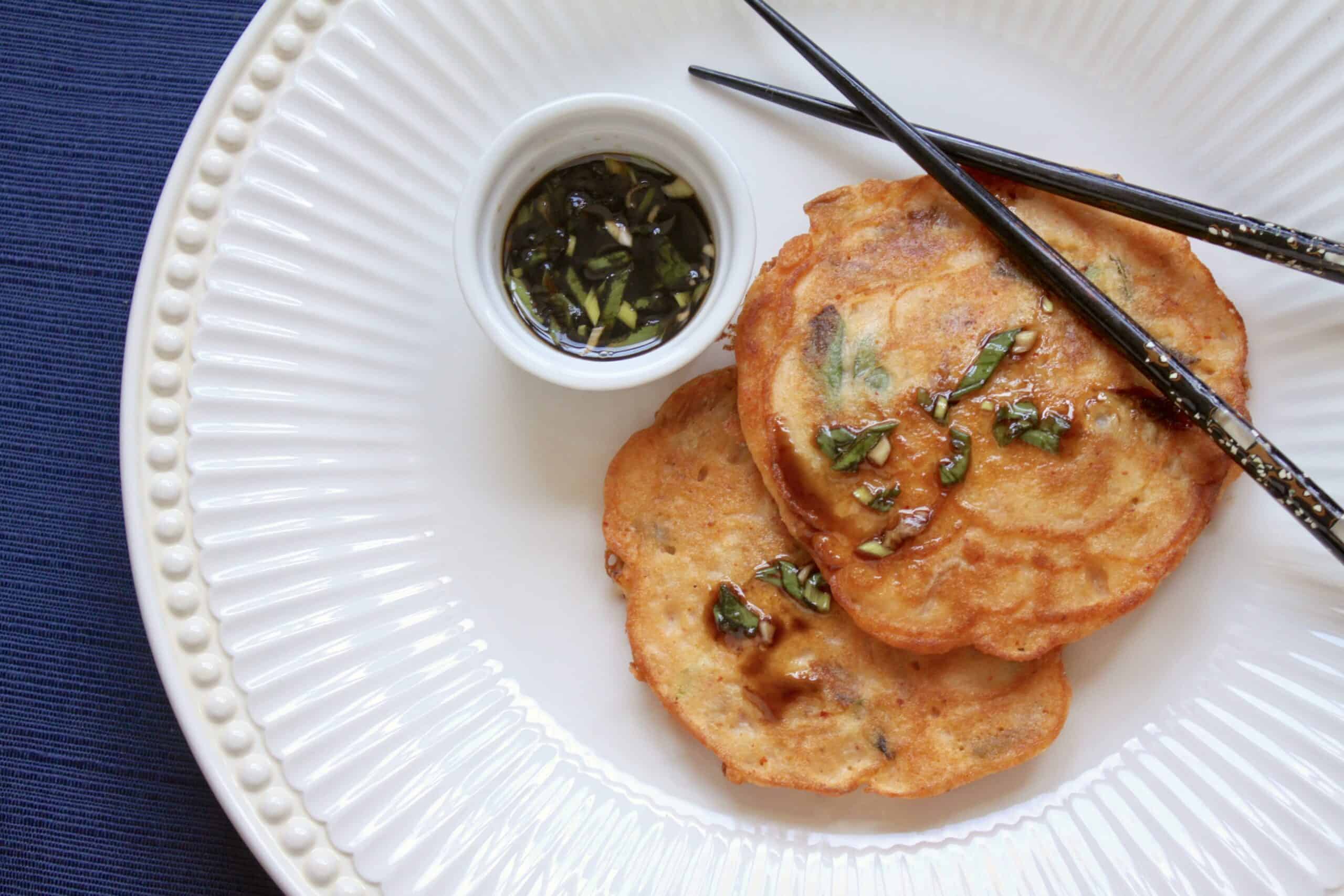
When I was 22 years old, I moved to California to attend graduate school. Initially, I moved in with family friends, Soon and Oke, who came to the US in 1976 which was when we immigrated, too.
As an Amazon Associate I earn from qualifying purchases.
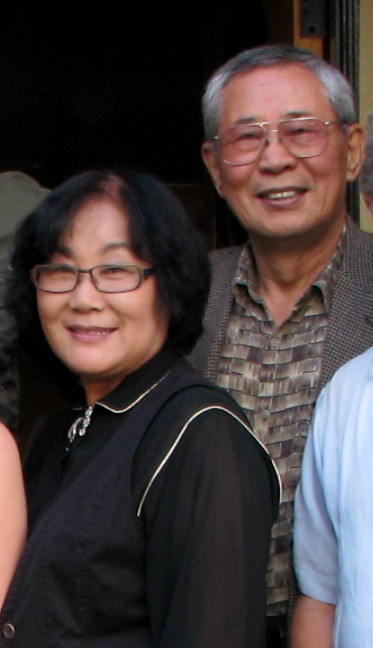
Oke is one of the most amazing cooks I have ever met, and every time we go to her house for dinner, she makes at least one thing we’ve never had before! I will never reach her skill level in making Korean food, but she has taught me to make quite a few of her dishes; one of my favorites is Korean mung bean pancakes (bindae-tteok in Korean).
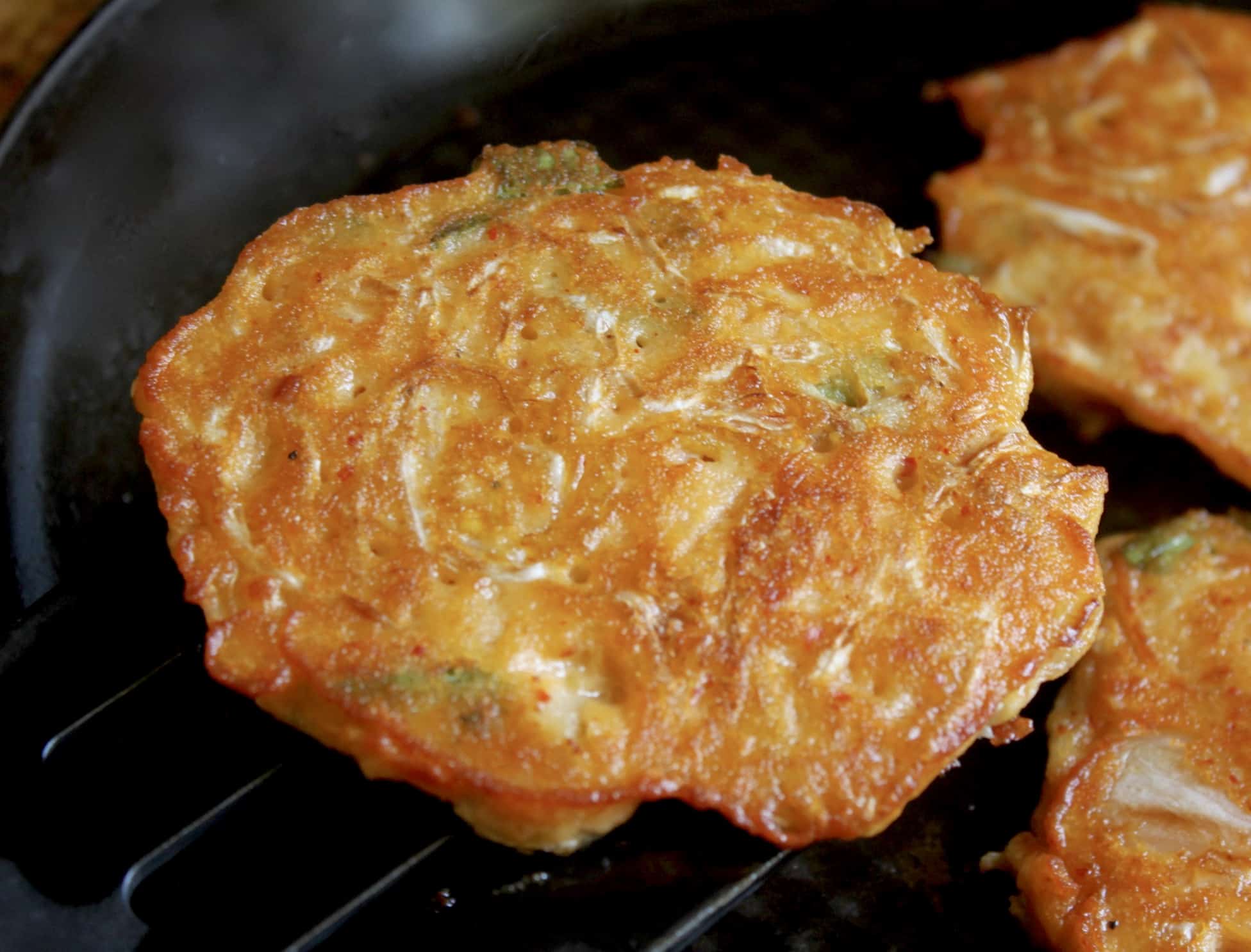
I’d never seen or even heard of a mung bean before meeting Oke, but now I am never without a bag in my pantry.
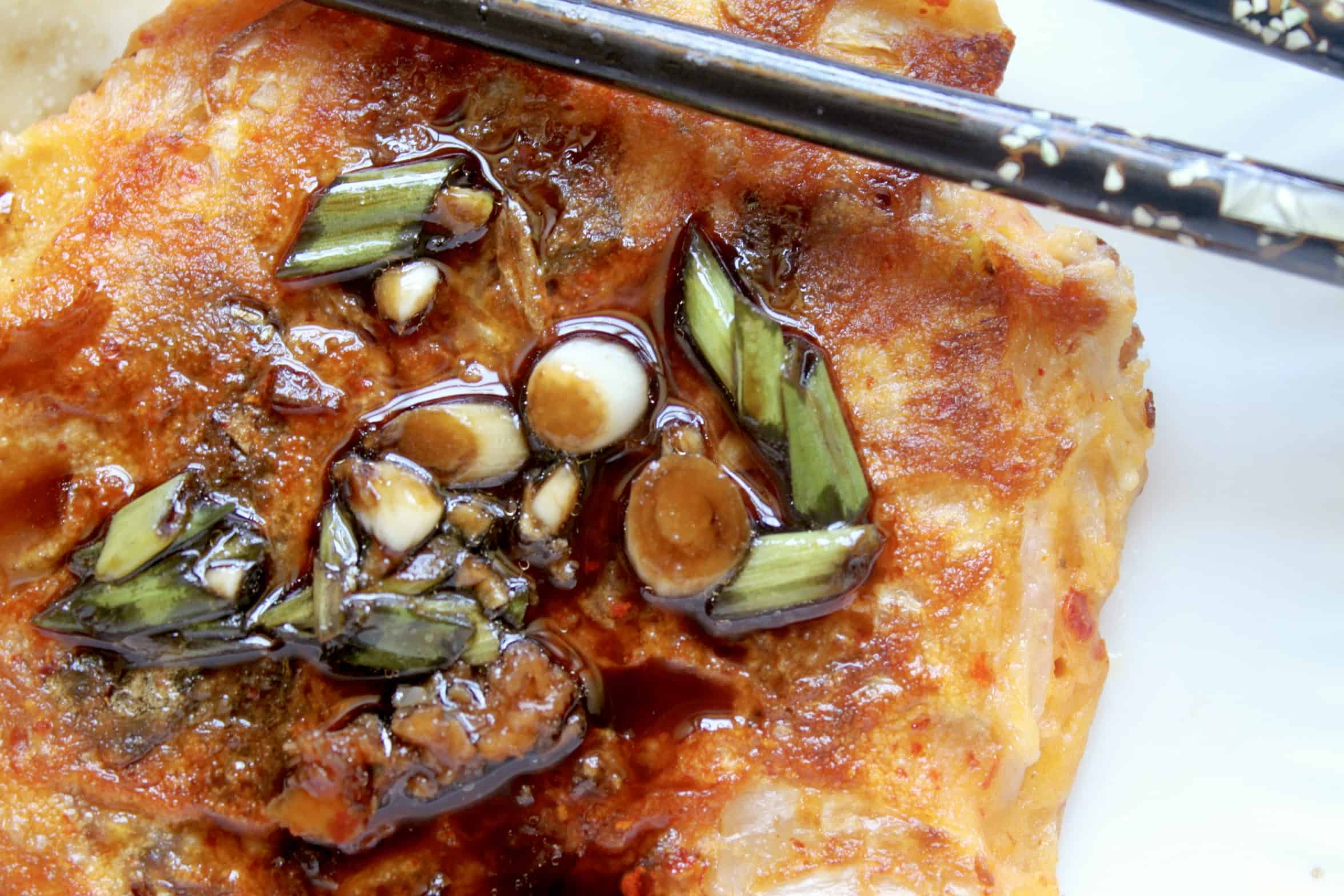
These pancakes are so incredibly healthy as they are a legume based pancake, have lots of green onions, bean sprouts and chopped kimchi! You just won’t believe how delicious these pancakes are and that they can easily be made gluten free, and/or vegan just by omitting the pork (I often make them this way) and substituting the egg.
Another wonderful authentic Asian recipe from a friend: Filipino lumpia
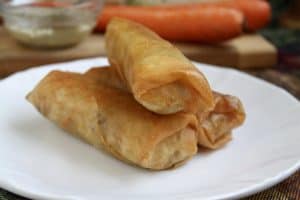
They are filling enough to have as a meal, alongside a salad, but they can be served with an entire Korean barbecue meal. Additionally, you could also serve some Korean pickles with these.
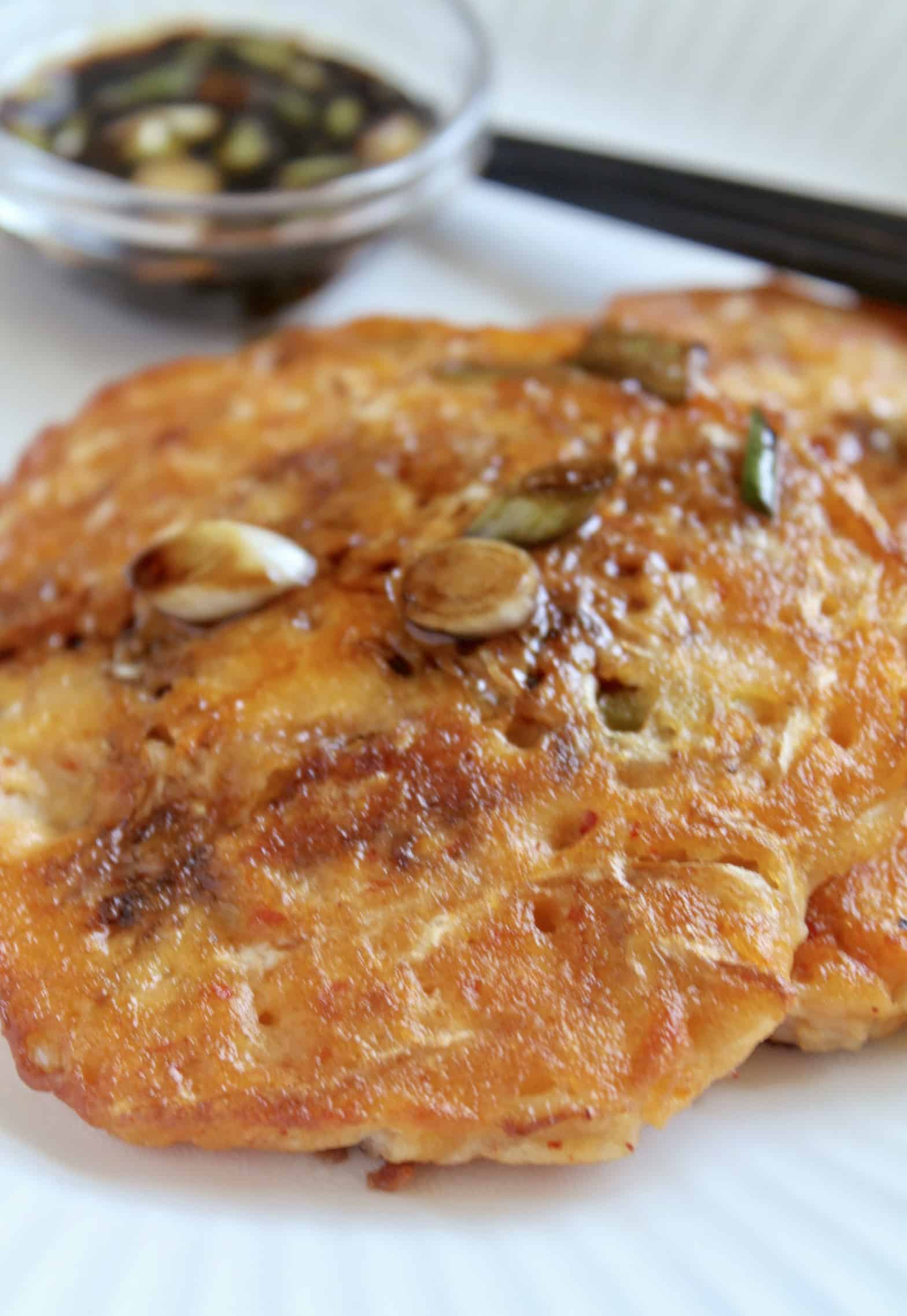
Korean Mung Bean Pancakes
recipe by Oke Lee serves 10 (2 pancakes each)
FULL PRINTABLE RECIPE BELOW
Ingredients
- dried mung beans
- egg
- flour
- pork (optional)
- sesame oil
- garlic
- pepper
- salt
- green onions
- mung bean sprouts
- kimchi
- olive oil
For the sauce
- soy sauce
- sesame oil
- sugar
- garlic
- green onions
Directions
(Don’t forget to soak beans the night before)
Measurements are NOT critical in this recipe
Soak mung beans a minimum of 6 hours, or overnight. Rinse beans, and place in blender
with about 2 ounces of water, the egg and flour. Blend until smooth. I tried an immersion blender once as suggested by a reader, but it didn’t make the batter as smooth as the blender, so I don’t advise it.
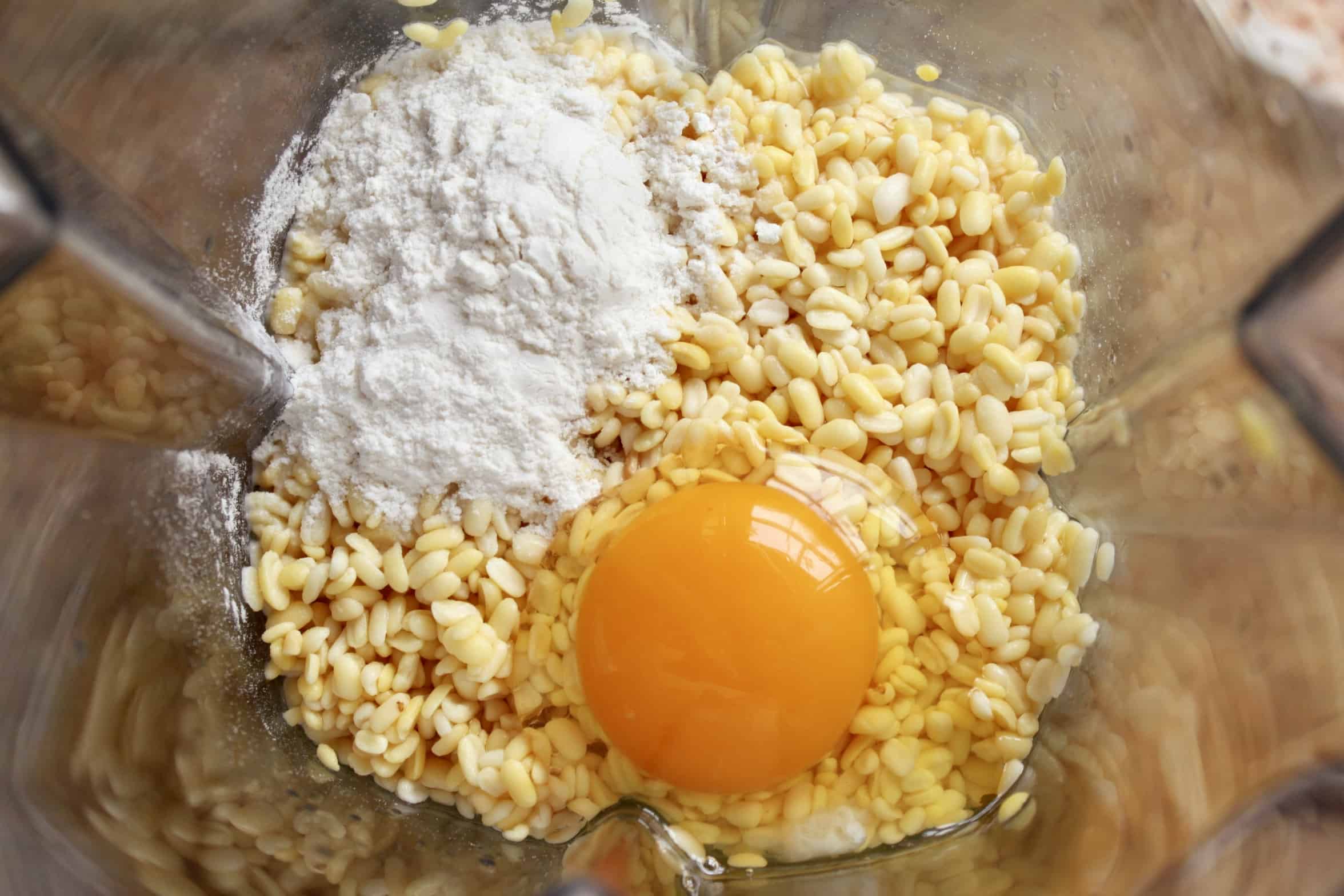
The consistency should be like a breakfast pancake batter, and look like this.
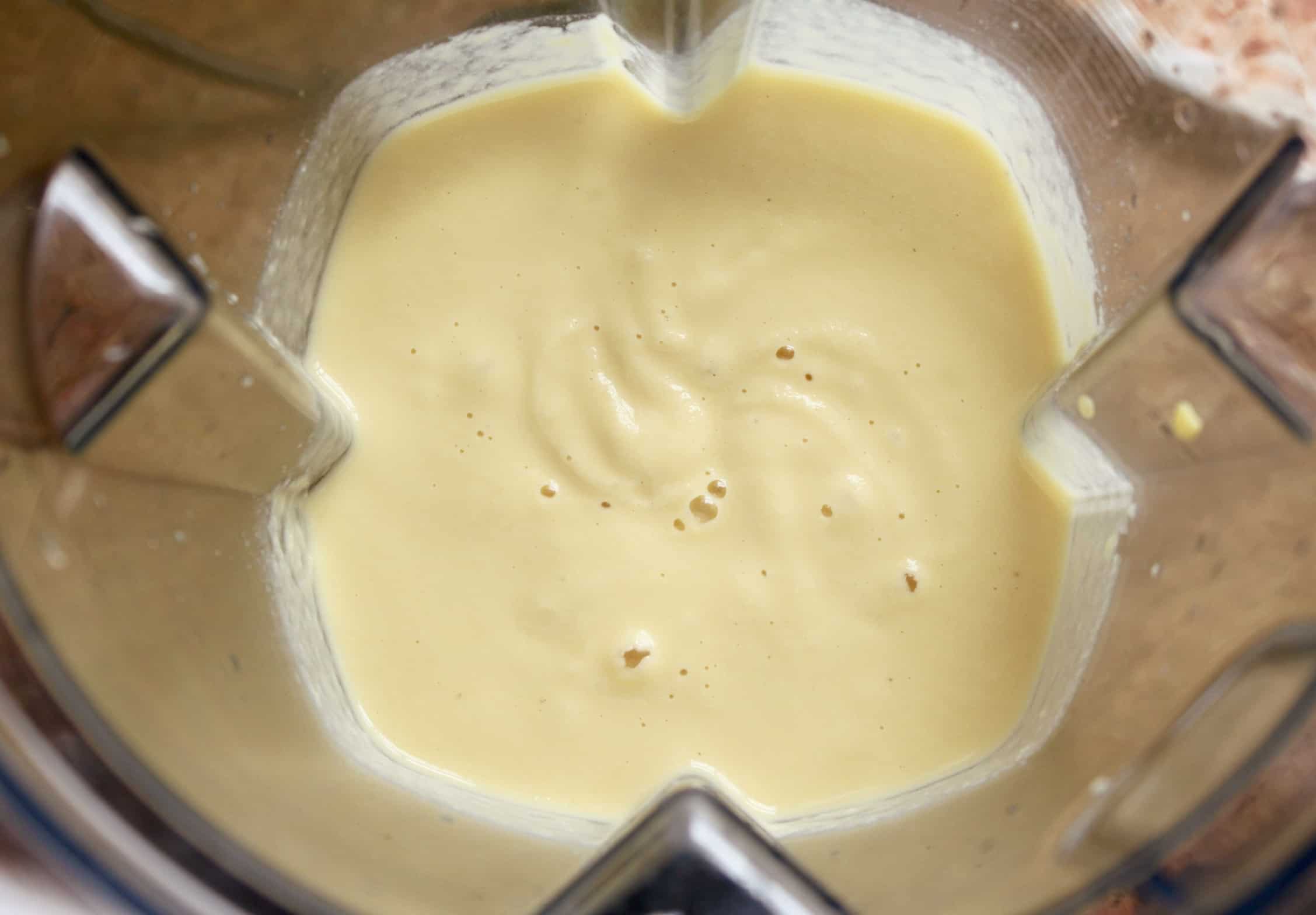
Pour into a large bowl.
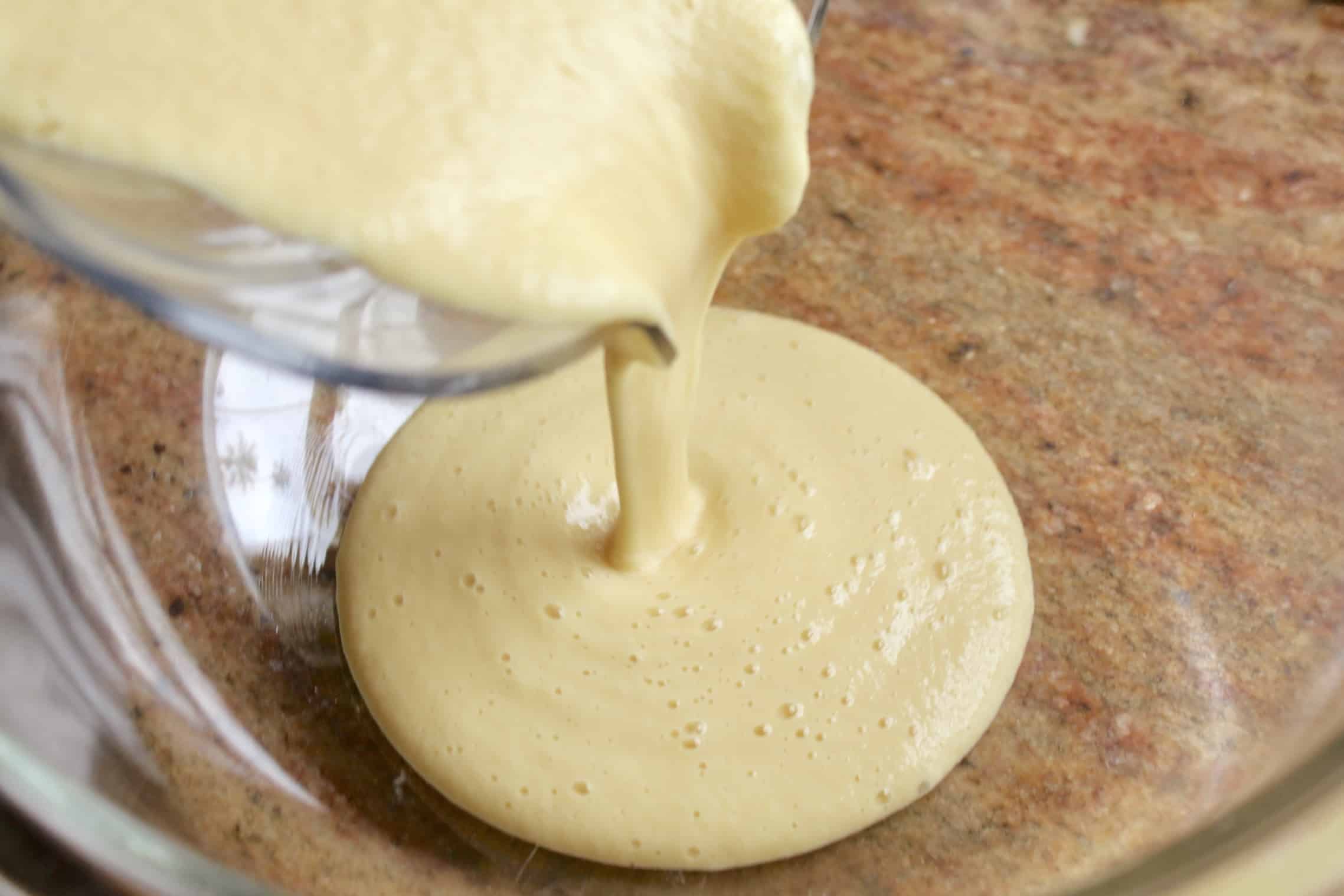
Place pork, sesame oil, garlic, pepper and salt in a smaller bowl and mix well.
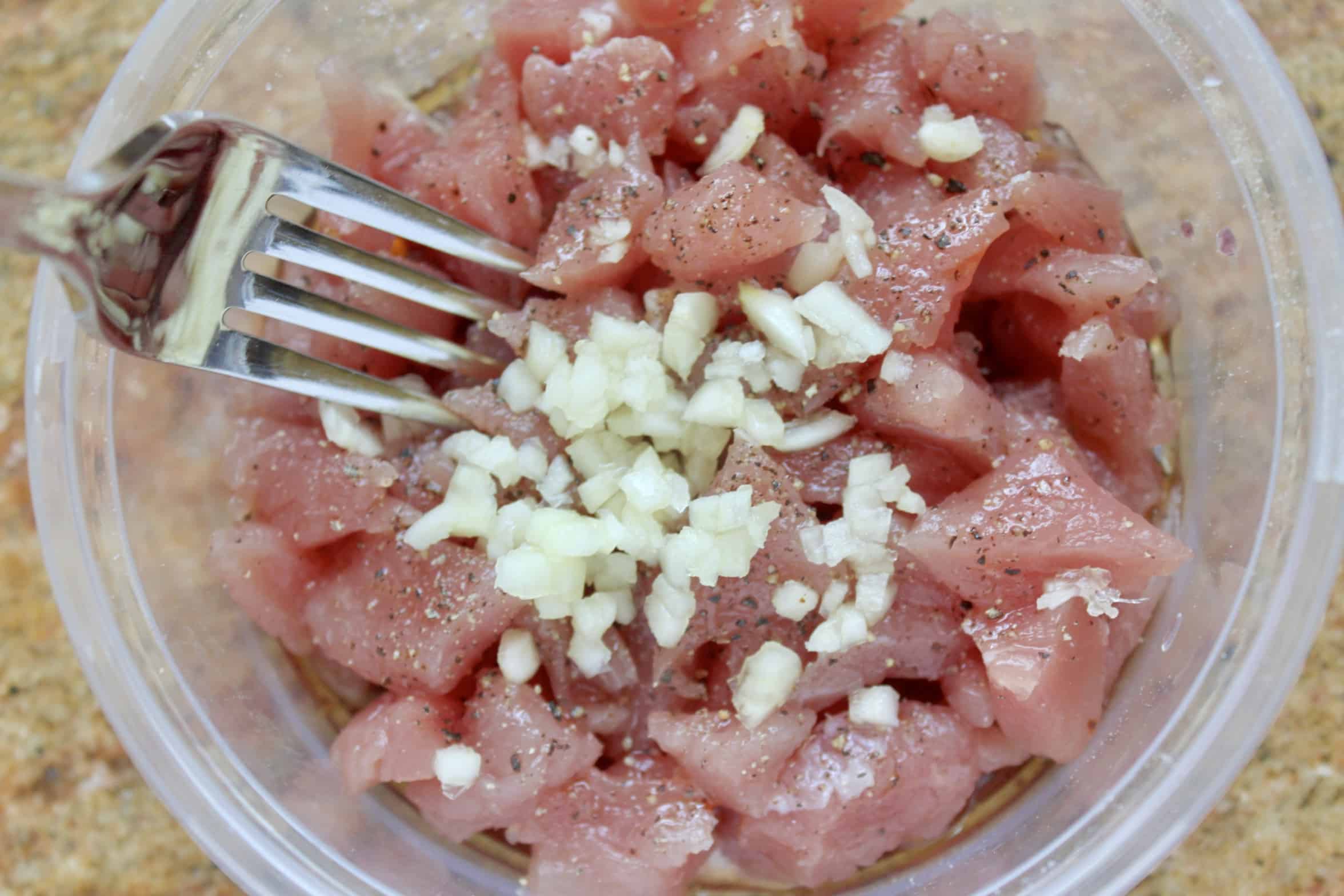
Next, put the green onion and pork mixture into the mung bean batter in a large bowl.
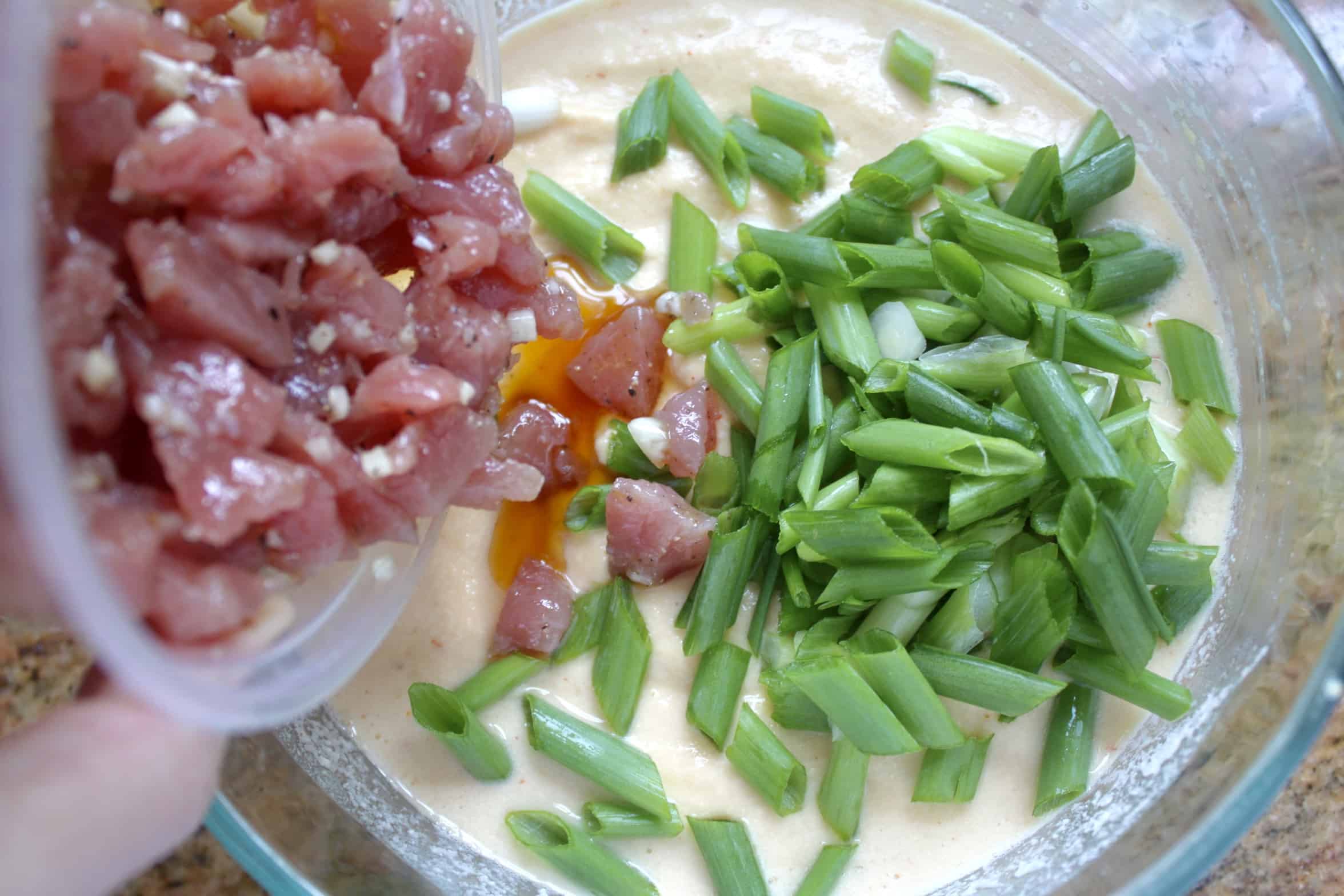
I place the kimchi in a bowl and cut it with scissors, however, my mother was helping and she did it this way. I have to say, it’s quite a photogenic way, but a bit more messy!
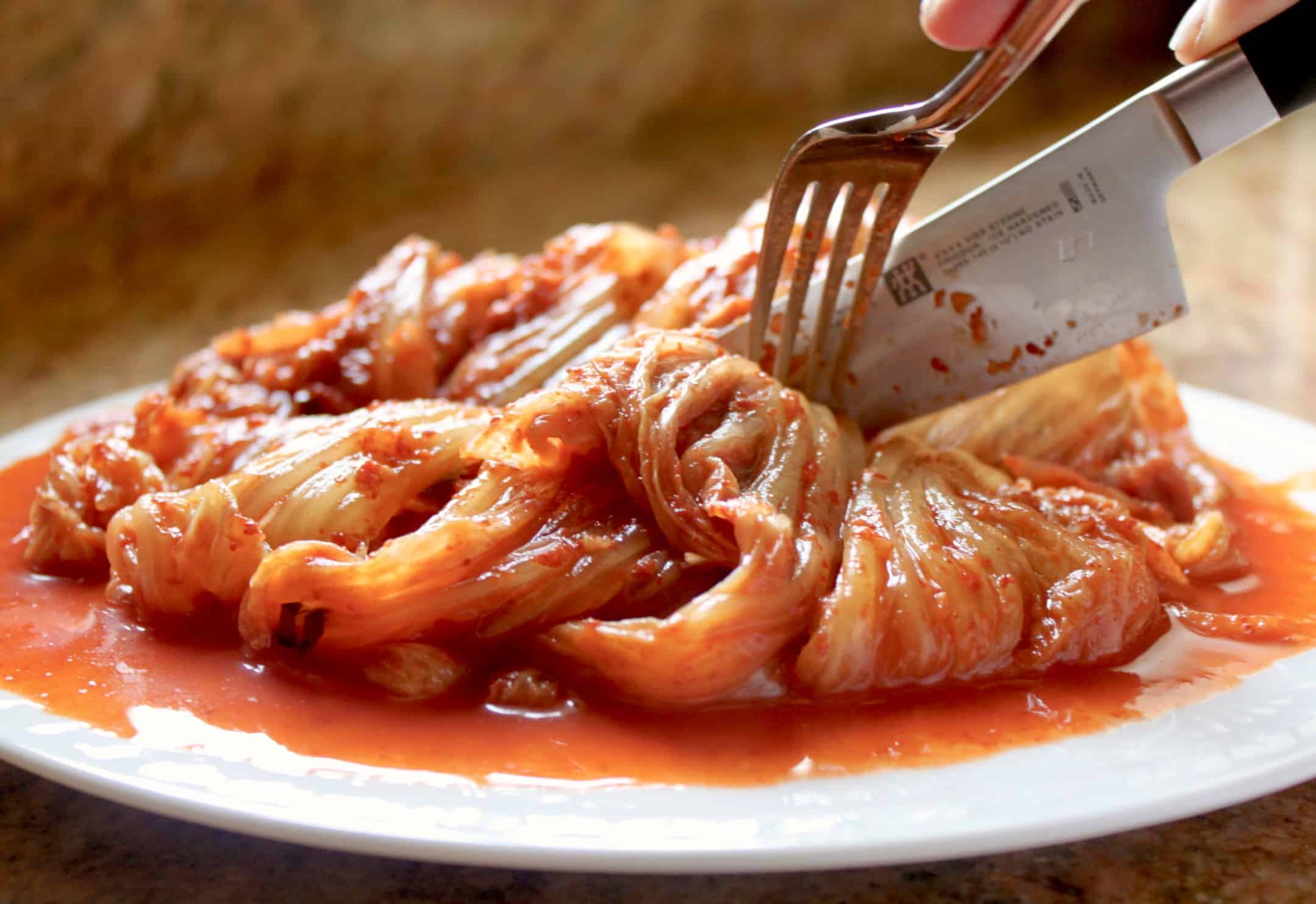
Now, add the kimchi and bean sprouts to the rest of the ingredients.
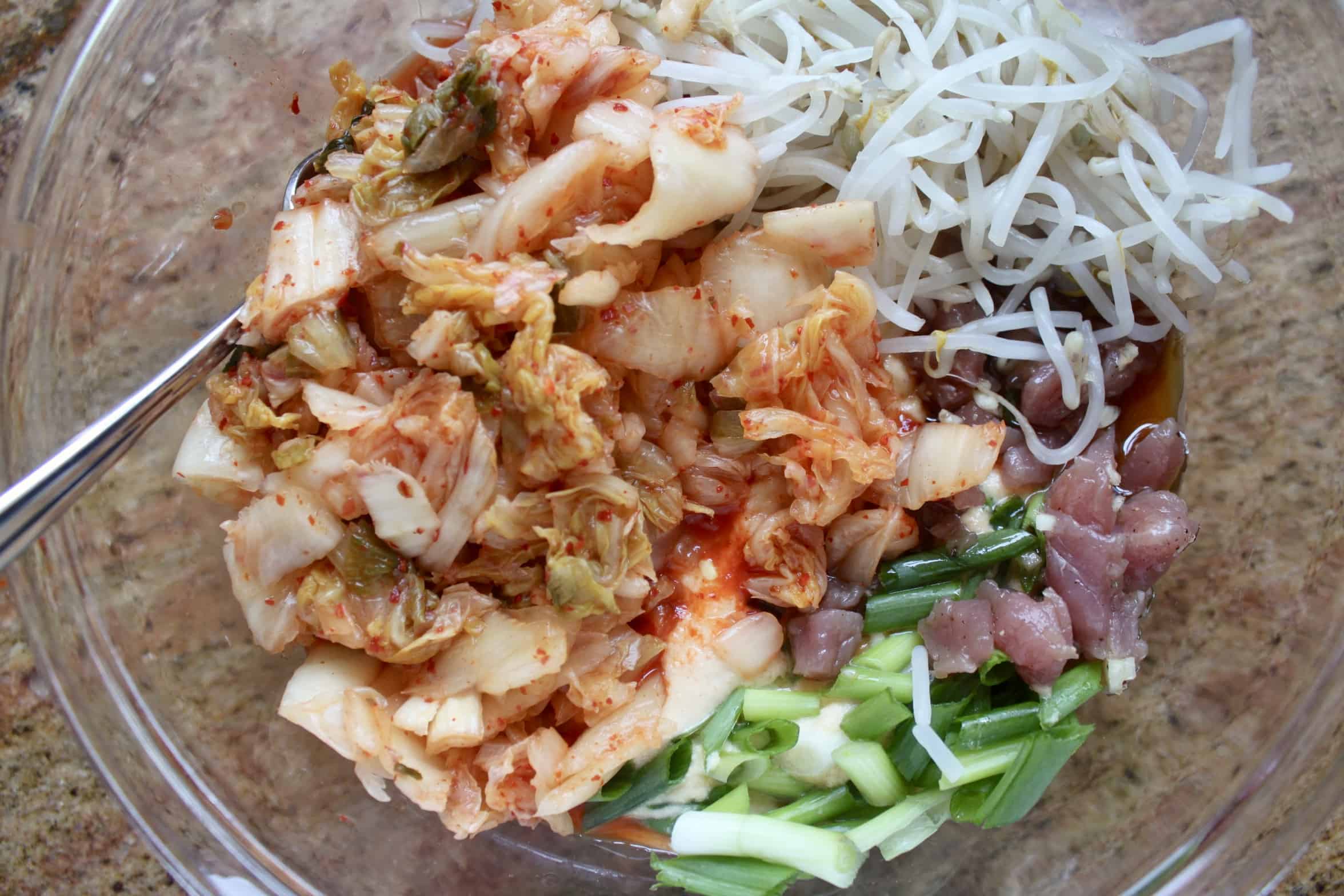
Mix well. Wasn’t that simple?
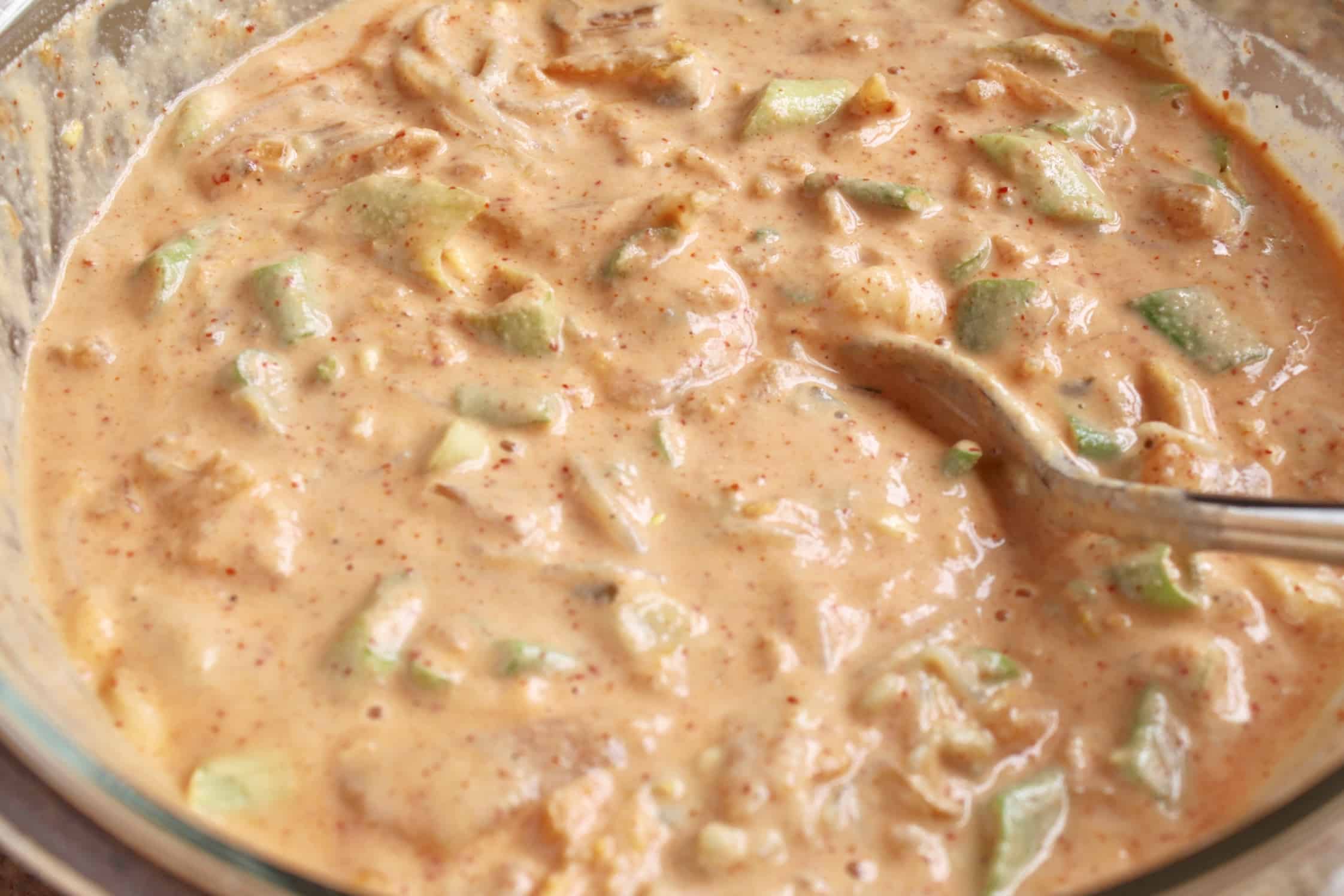
Next, heat a large non-stick frying pan over medium high heat with a little of the olive oil in it. When hot, place a ladleful onto the pan, and cook until golden brown underneath.
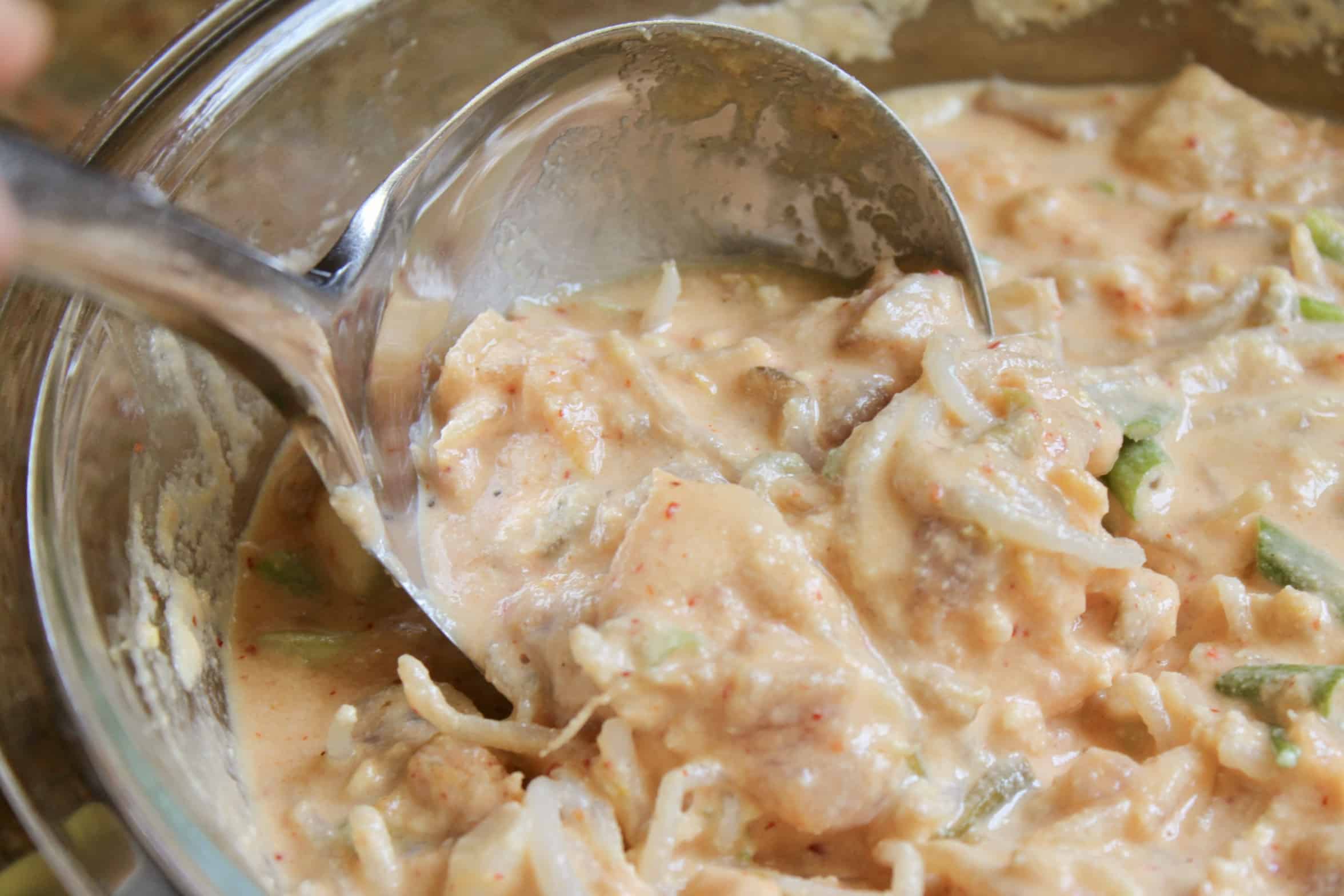
Remember there is raw pork in these (if using) so make sure to cook them really well; cook them longer at a lower temp, than faster at a higher temp.
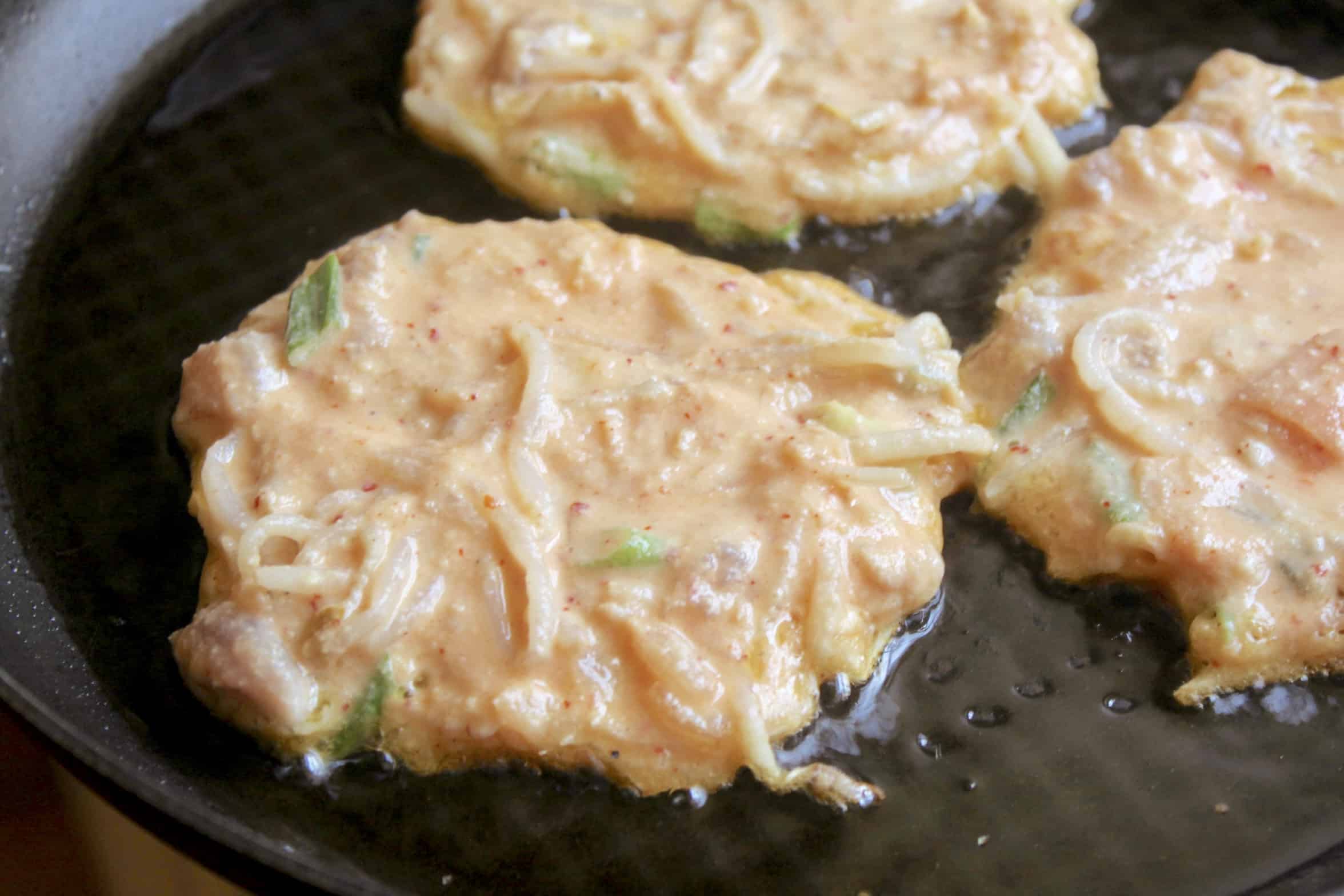
Turn over, and continue to cook until well done.
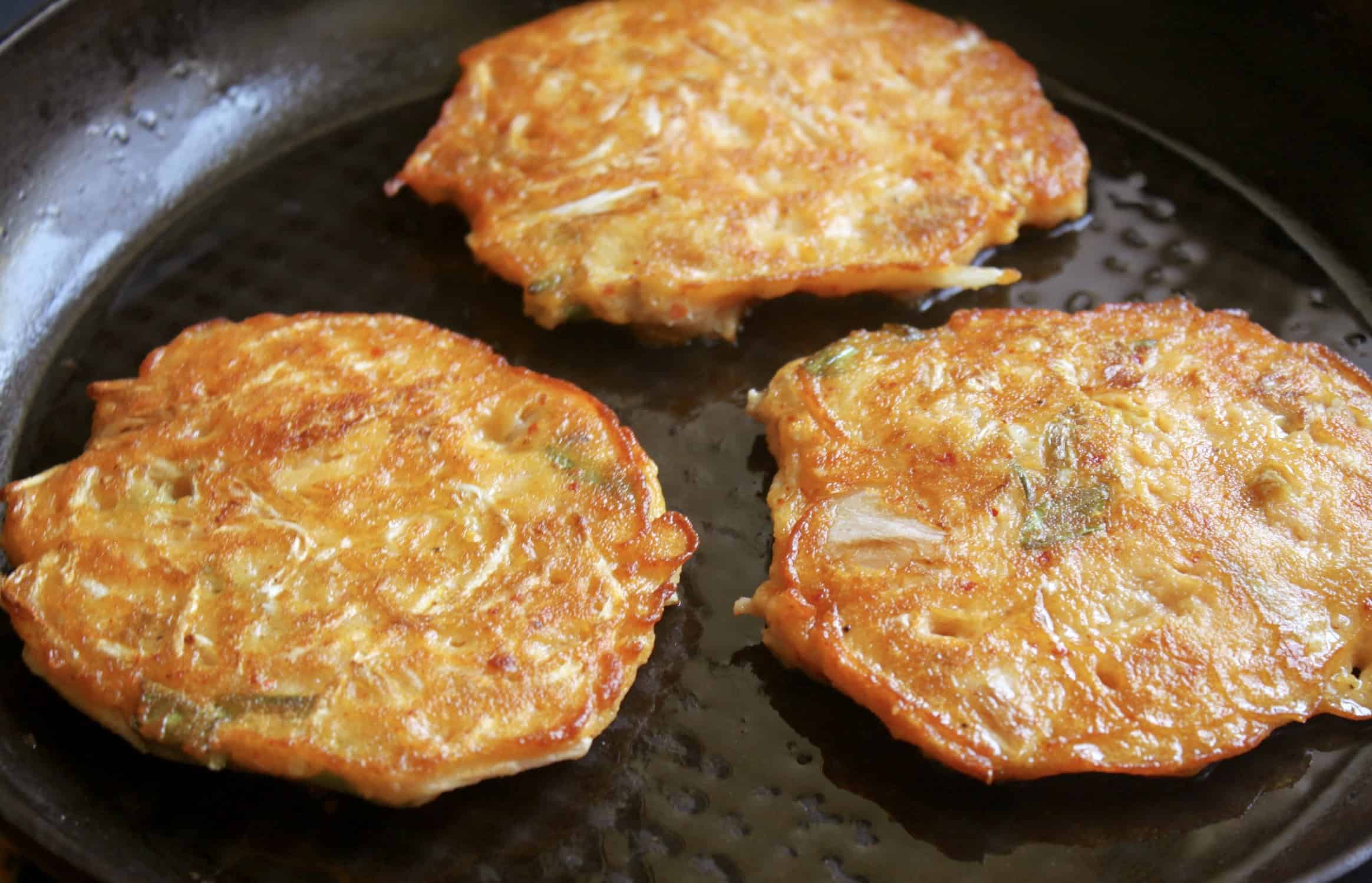
While the pancakes are cooking, stir all the sauce ingredients together.
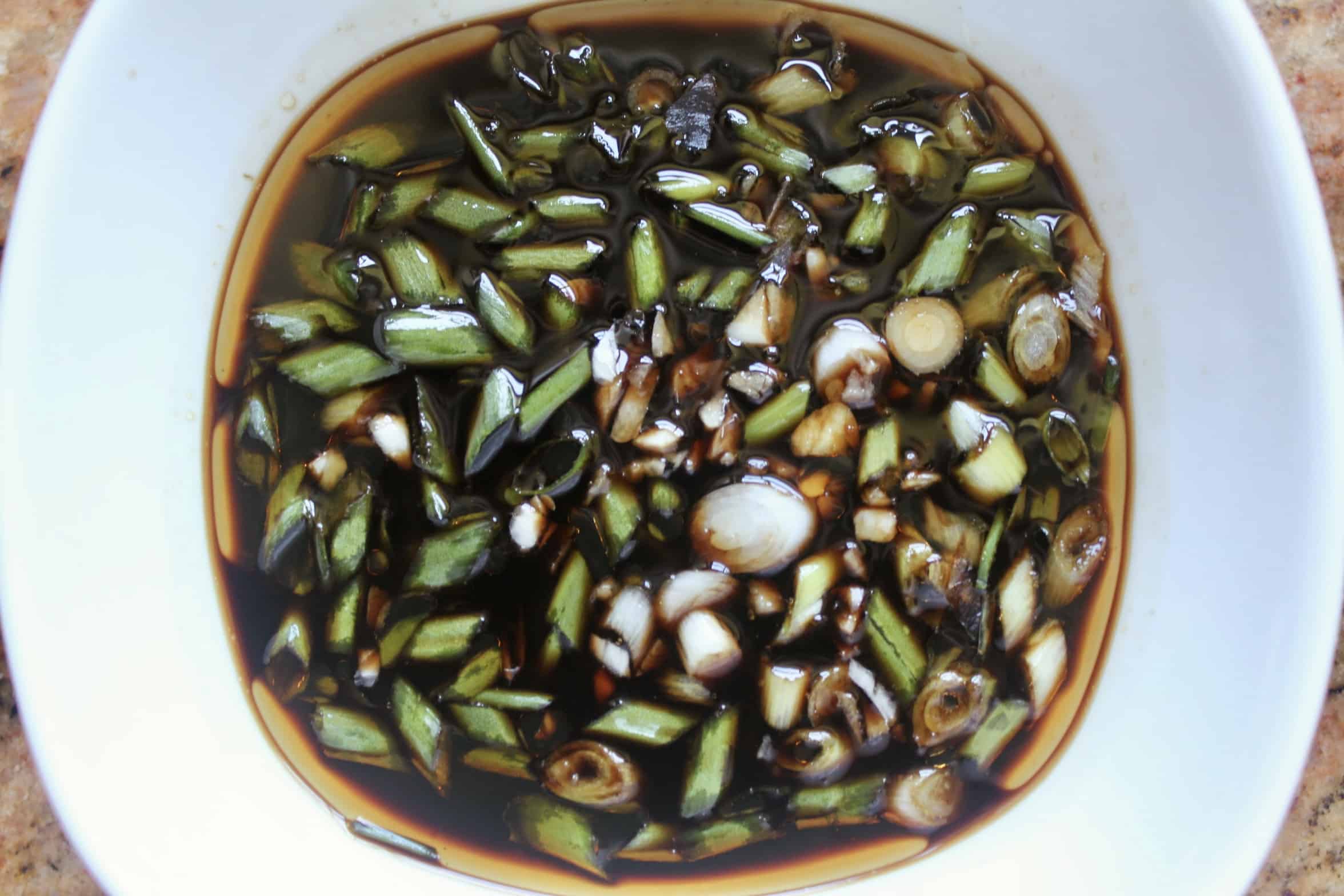
I like to serve mung bean pancakes immediately with the sauce and a side of kimchi, salad, or soup. They are also good at room temperature. For example, if you want to bring them for a potluck or picnic. And yes, Koreans eat them with chopsticks. I must admit, I use a knife and fork, how uncouth! :)
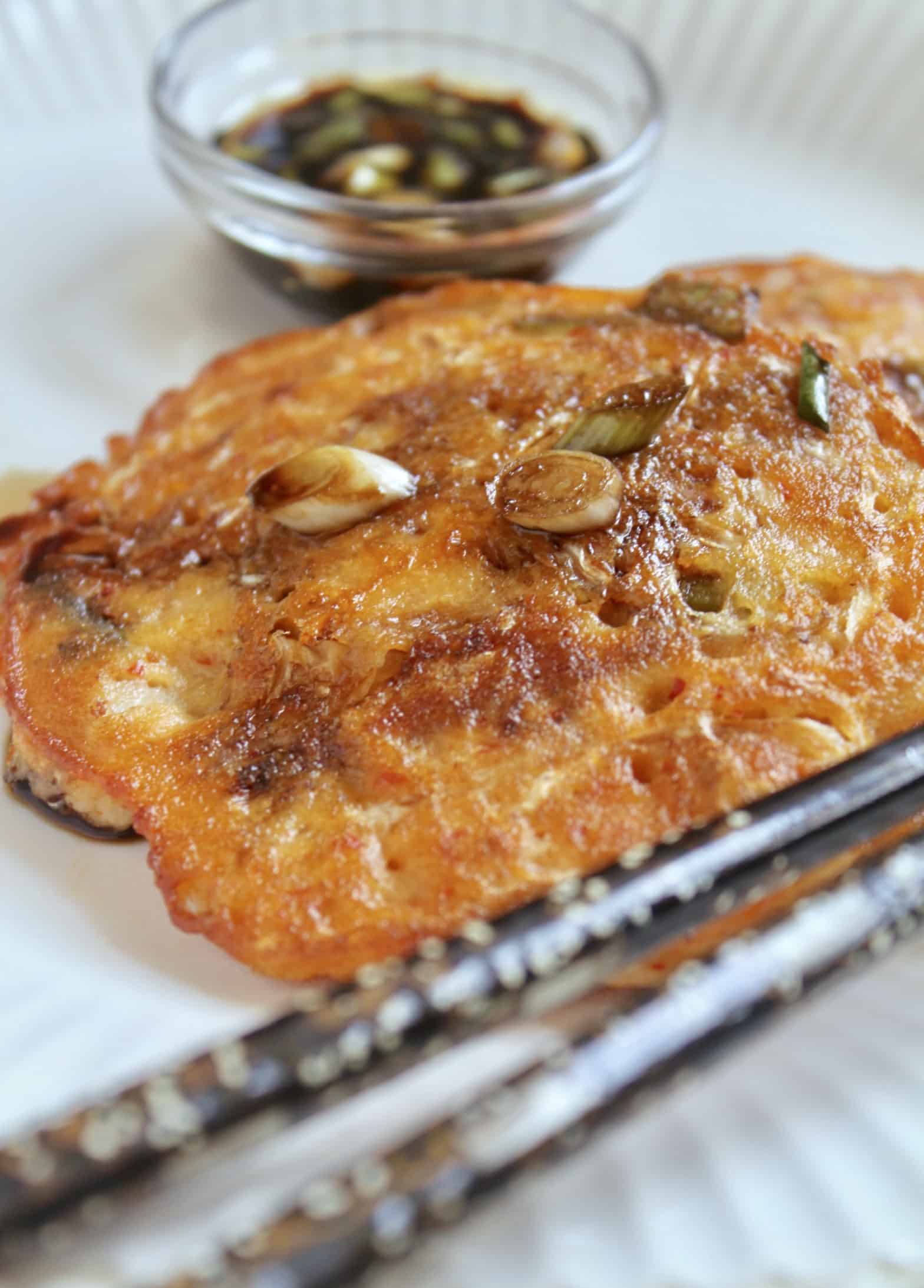
A peek into how they look inside when cooked.
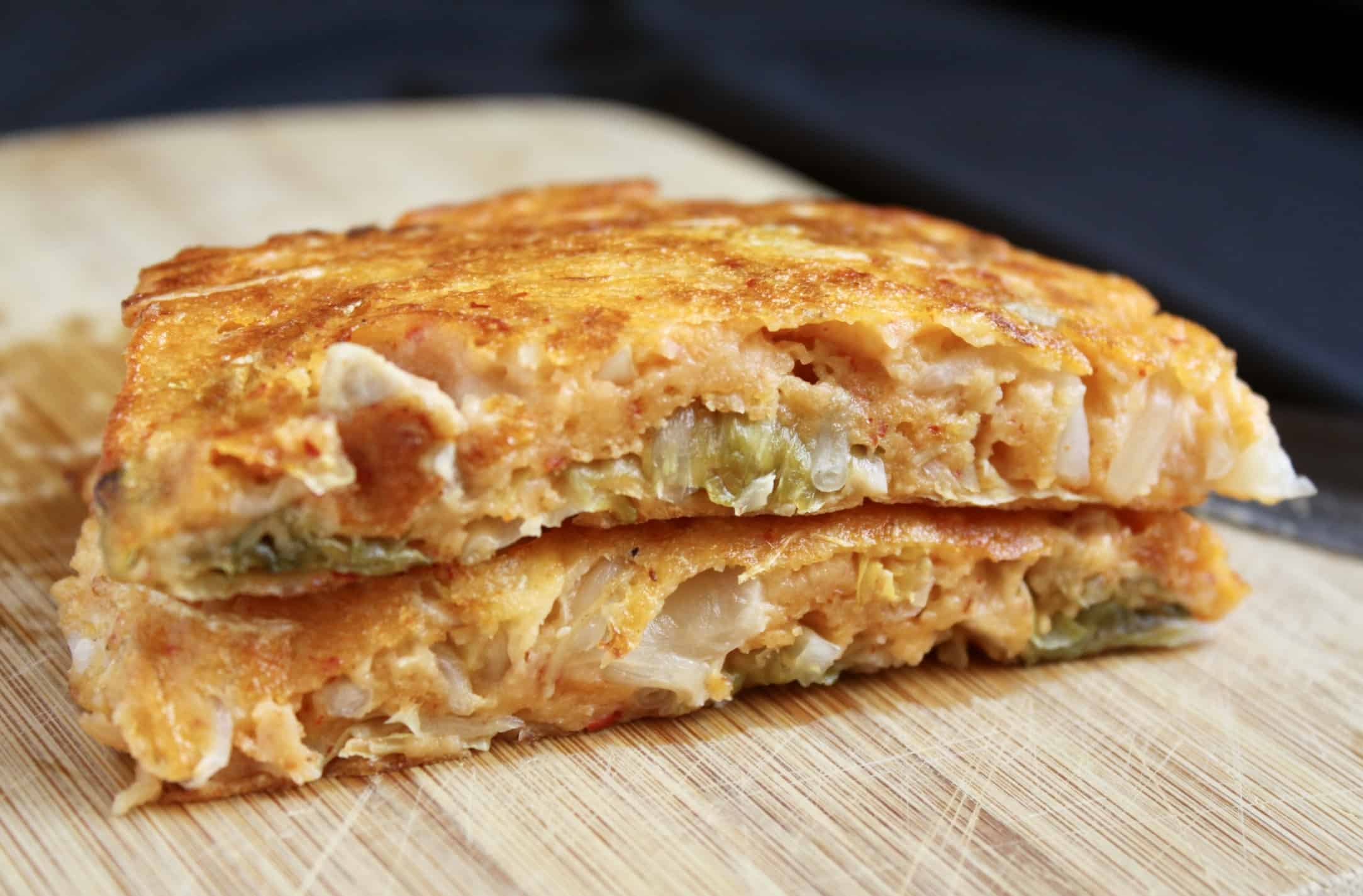
Note: you can make a “test” pancake and taste it to see if it needs more salt before cooking the entire batch.
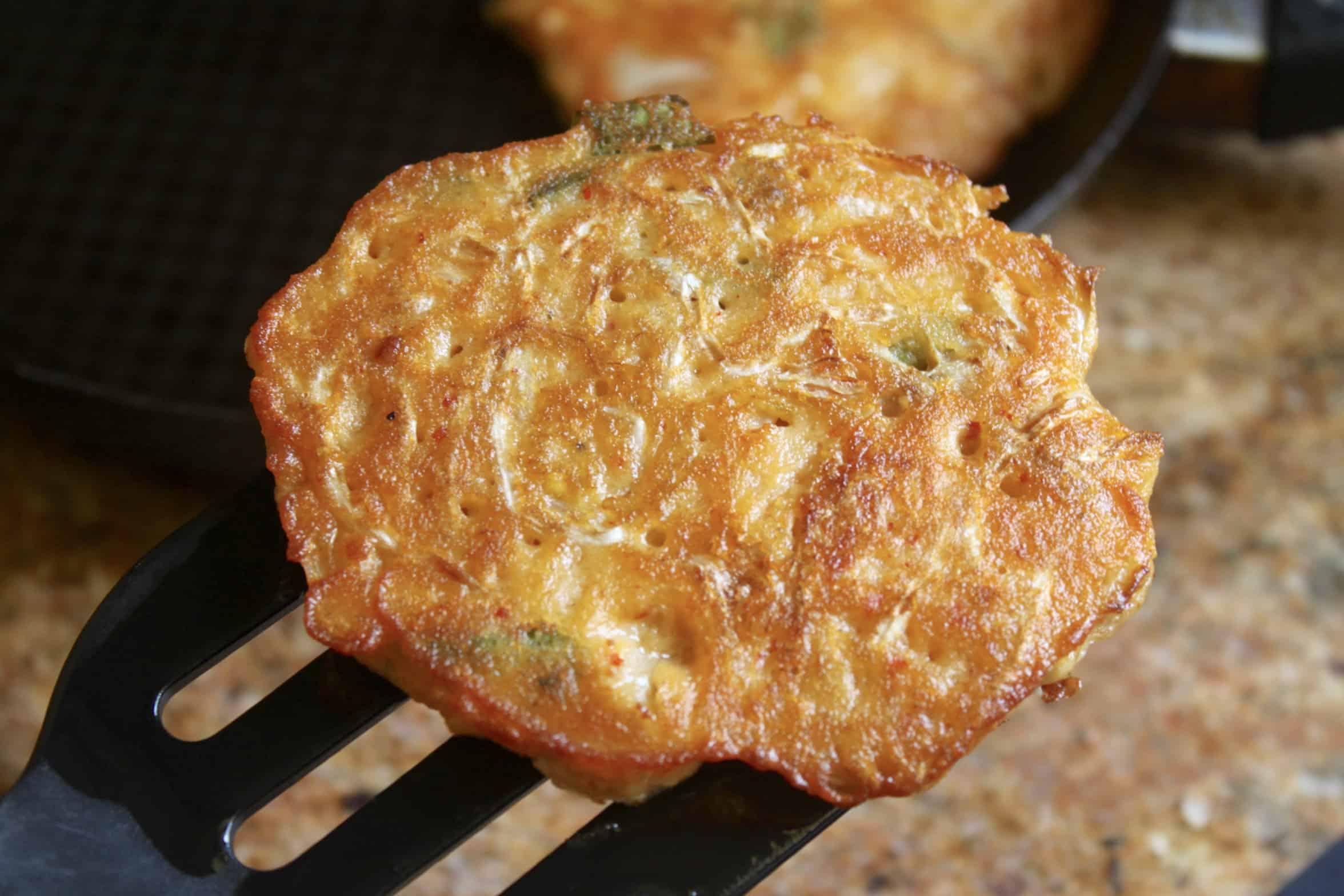
However, don’t make the batter too salty as the soy sauce adds a lot. I’ve never had to add more salt.
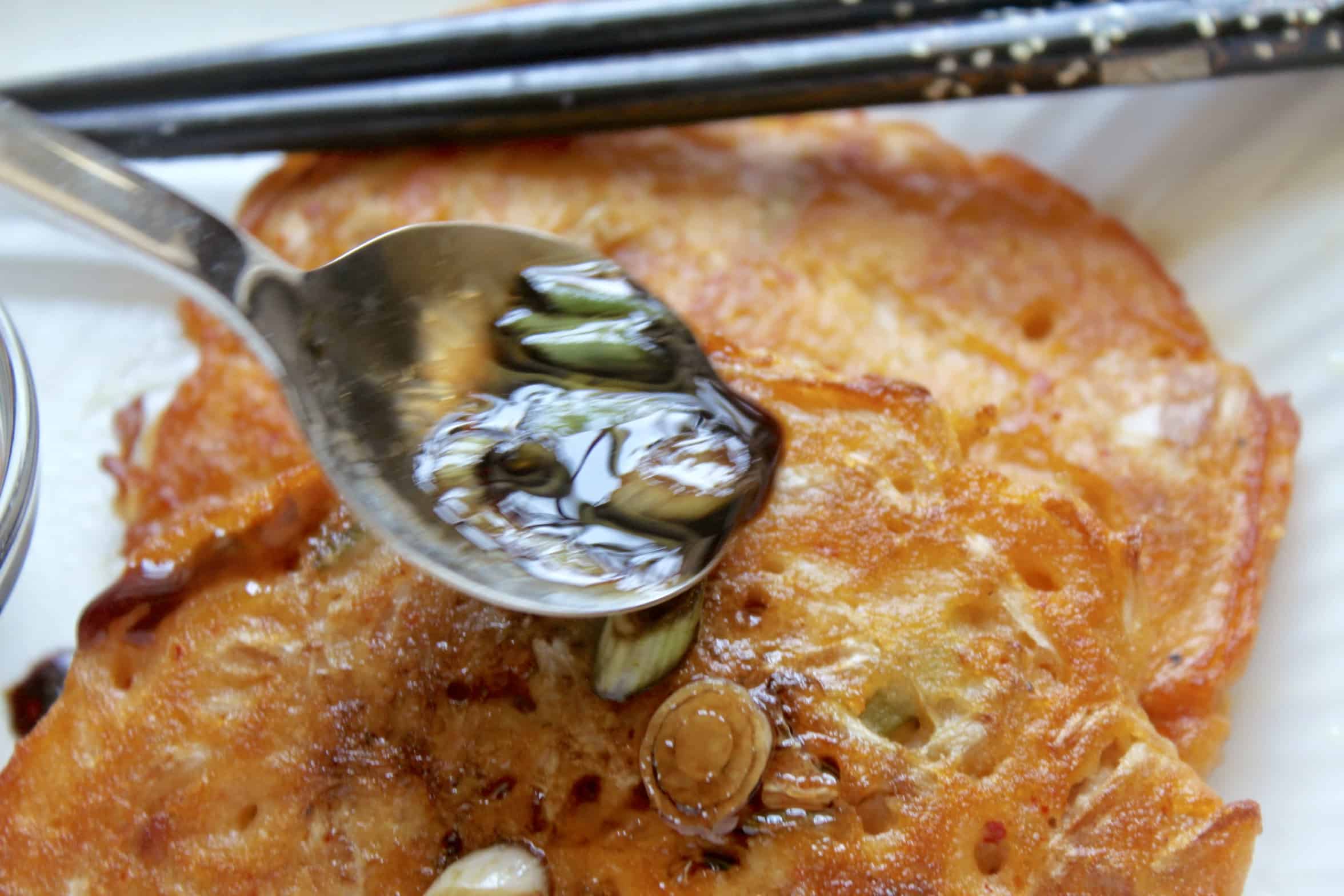
You simply won’t believe how much flavor is in these pancakes! You can also make them as an appetizer before having a Korean meal with bulgogi and banchan (many side dishes, like this one).
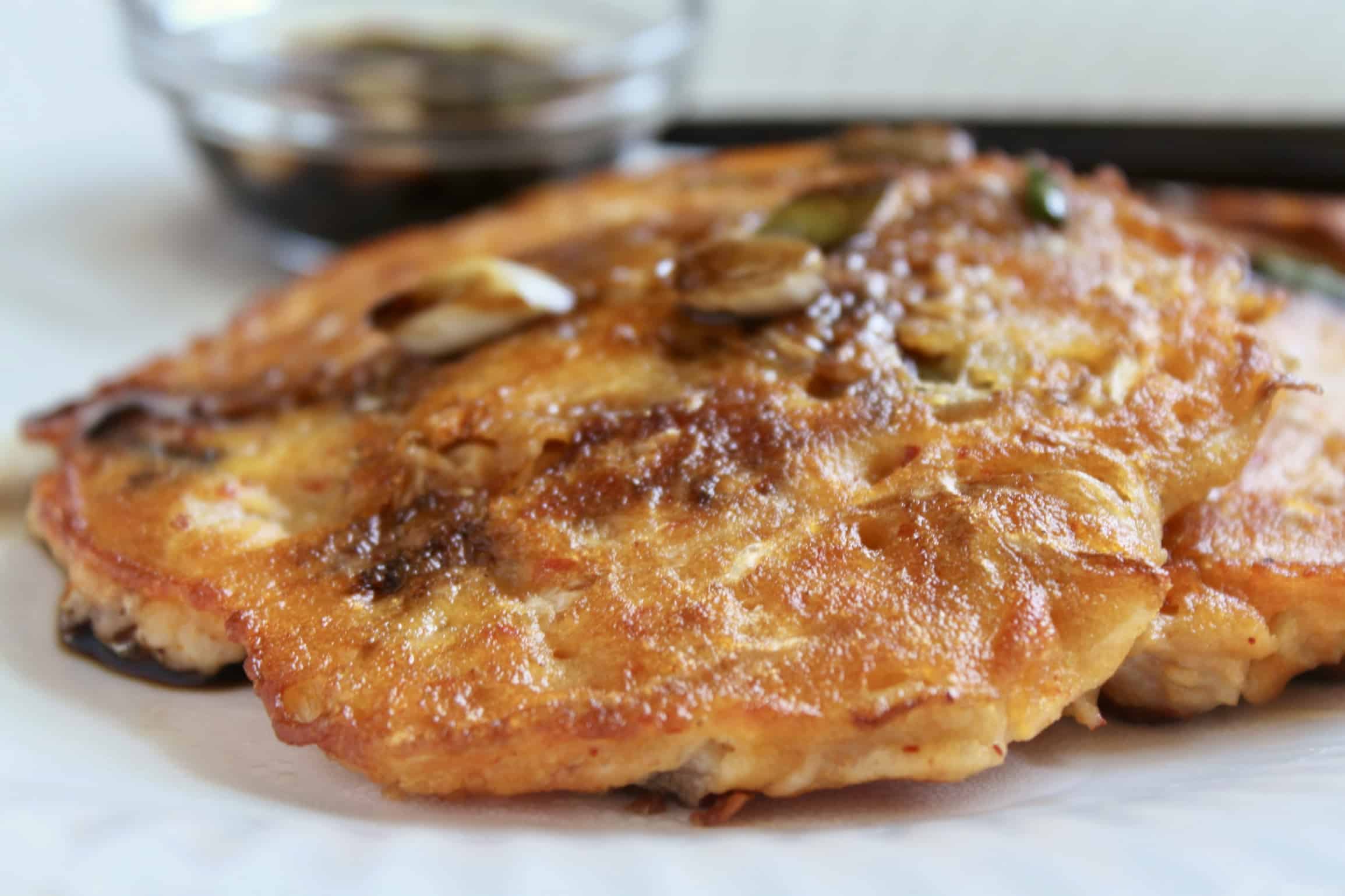
Dip the pancake in the sauce, or pour some on top. However you choose to eat the pancakes, enjoy!
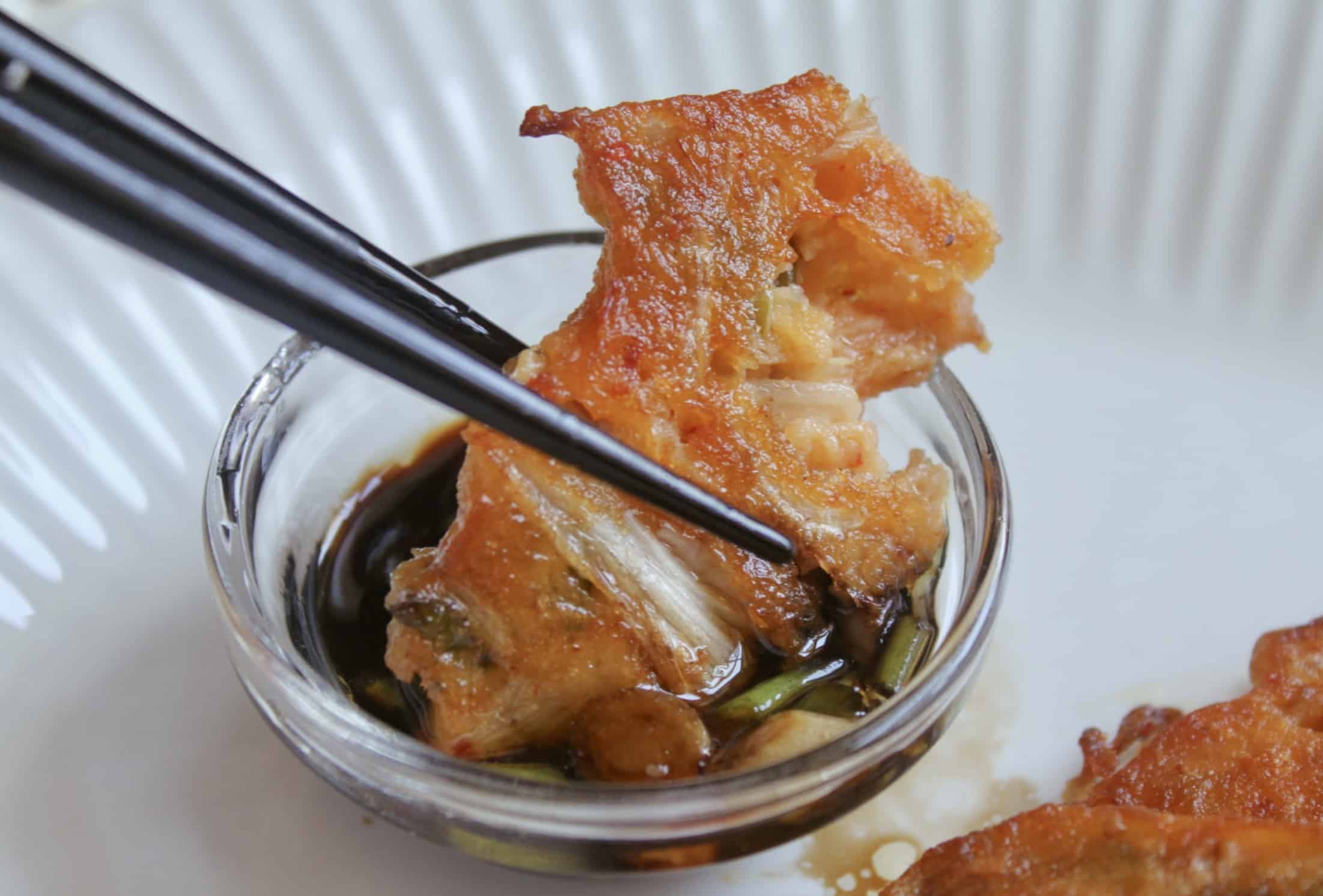
My Advice onTrying Kimchi
If you have not tried kimchi, or you are considering tasting it for the first time, read on.
First of all, I have to admit that I never tasted kimchi from when it was first offered to me at 11 years old, until I was 22. I couldn’t get past the smell, much like sauerkraut (which I still don’t like). All I can say is please do yourself a favor and try it. It doesn’t taste anything like it smells and it is not nearly as hot as you imagine. It’s just not a Korean meal without kimchi!

Korean mung bean pancakes are the perfect recipe to try kimchi for the first time, because it’s relatively “hidden” in all the batter. This is how my daughter came around to eating kimchi. Besides how wonderful it tastes, kimchi is loaded with health benefits!!
Don’t miss another recipe or travel post; sign up for my free subscription below!

Korean Mung Bean Pancakes (Savory and Delicious!)
Ingredients
Measurements are NOT critical in this recipe
- 1 cup split mung beans (see pictures)
- 1 egg
- 1 Tbsp flour (rice or quinoa flour if making Gluten Free or it can even be omitted)
- 1 very small piece of pork (chopped finely, omit if making vegetarian)
- 1 Tbsp sesame oil
- 2 cloves garlic (finely chopped)
- ⅛ tsp black pepper (a few shakes)
- ½ tsp sea salt
- 4 green onions (chopped)
- 1 cup bean sprouts (blanched for 2 minutes)
- 1 ½ cups kimchi (chopped, Napa cabbage style - don't be afraid!! see my note at the bottom)
- light olive oil (as needed for cooking)
For the sauce:
- ¼ cup soy sauce
- ½ tsp sesame oil
- ¼ tsp sugar (a pinch)
- 2 cloves garlic (finely minced)
- 2 green onions (finely chopped)
Instructions
- Soak mung beans a minimum of 6 hours, or overnight. Rinse beans, and place in blender with about 2 ounces of water, the egg and flour. Blend until smooth. The consistency should be like a breakfast pancake batter.
- Place pork, sesame oil, garlic, pepper and salt in a bowl and mix well.
- Next, put the green onion and pork mixture into the mung bean batter in a large bowl. Place the kimchi in a bowl and cut it with scissors. Now, add the kimchi and bean sprouts to the rest of the ingredients. Mix well.
- Heat a large non-stick frying pan over medium high heat with a little of the olive oil in it. When hot, place spoonfuls onto the pan, and cook until golden brown underneath. (Remember there is raw pork in these (if using) so make sure to cook them really well; cook them longer at a lower temp, than faster at a higher temp.)
- Turn over, and continue to cook until well done.
- While the pancakes are cooking, stir all the sauce ingredients together. Serve hot, with the sauce and a side of kimchi, or rice, or salad, or soup, or--you get the idea.
Notes
- Make a "test" pancake and taste it to see if it needs more salt, but don't make it too salty as the soy sauce adds a lot.
Nutrition
Christina’s Cucina is a participant in the Amazon Services LLC Associates Program, an affiliate advertising program designed to provide a means for sites to earn advertising fees by advertising and linking to Amazon.com.


Thanks for sharing your recipe Christina. I’m actually making these mung bean pancakes right now. Only thing I can add is when I blend the mung beans I use an immersion blender. To me it’s more convenient than moving the batter in and out of a blender jar. Also it’s good to not mix it completely. Some texture adds crunch to the final product.
OMG, you are so right! I’ve just always done it in a blender, but an immersion blender is easier! Will try keeping some unblended, too. Thanks so much, Heidi! I’ll edit my post re: the blender!
I have a quick question
Can I do a sweet mix … instead of vegetables can i put fruits?
Oh dear, I don’t think fruit would be good in this pancake as it’s savory and contains kimchi!
I actually can’t eat kimchi due to my allergies but i was thinking about the beans and replacing kimchi by the fruits.
This is what allergies is thinking outside the box and I’m being doing a lot of that.
I think I would try and let you know.
I would try your with a lot of adaptation (no kimchi, green onion or garlic) it will be a new version for me!
My allergies doesn’t stop trying new recipes mostly korean, Japanese, etc I just need to adapt everything.
Is it ok to cook the pork first? Can you use fish or seafood in the recipe, instead of pork?
I’m sure you could cook the pork first. I’ve never tried fish or seafood, but that should work also. Let me know how you like them!
I’m Korean and this is my favorite dish. I’ll make a couple of comments and this is based on my mother’s cooking and not mine. Male children are generally not accepted, expected, or sometimes even allowed in the family kitchen, although that’s changing.
a) my mom generally used canola oil, not olive oil, due to it’s neutral taste and higher flash point.
b) whatever kimchi you get make sure it’s not pasteurized. Many big chain grocery stores have kimchi that has been pasteurized which means many of the probiotics are dead. Kimchi should be alive. The taste will change every day as fermentation progresses. The same is true for unpasteurized sauerkraut which isn’t easy to find in the US. In fact, if you think of kimchi as sauerkraut which lots of spices and pepper it makes it more acceptable. (I hate sauerkraut also, but obviously love kimchi. No, I can’t explain that.)
c) keeping in mind that kimchi is continuously fermenting, most recipes that cook kimchi, including bindaettok use older kimchi that is overripe. When kimchi is cooked a lot of the acidity is burned off, so bindaettok, kimchi fried rice, and other dishes that cook the kimchi are perfect for kimchi that has gone a little too sour for straight consumption.
I’m glad that trend is changing. Thanks so much for your advice, I’m sure it will be helpful to others reading this recipe.
My friend, Oke, used olive oil and I believe it was for health reasons, and not flavor that she did so. I stopped using canola oil (unless it’s organic, but then it’s a small fortune) due to the unhealthful information I read about it. I hate sauerkraut and love kimchi, too! I live in LA so I’m lucky (when Covid isn’t happening) to be able to go to lots of Korean markets to buy proper kimchi.
Thanks again!
I really wish I could have these – it makes me wonder if there is a garlic-free kimchi out there? I can obviously omit the fresh garlic but the kimchi? Not sure how to get around that. Before I was allergic, when I was in high school, I spent a lot of time at my friend Alice’s home – she was Korean and they had the best cook. I loved all the wonderful Korean food I was able to get from her.
I don’t know if you’d be willing, but you could make your own kimchi, David! My mother has done it and it’s so good.
These look so good! I’ve seen a recipe for this in Roy Choi’s cookbook, so obviously it’s really a “thing!” I have made kimchi pancakes before and those were to die for….. How fun that you got to learn from a Korean. A fabulous experience.
Oh do try them, Mimi! They’re incredibly good! :)